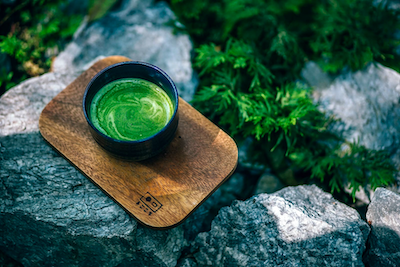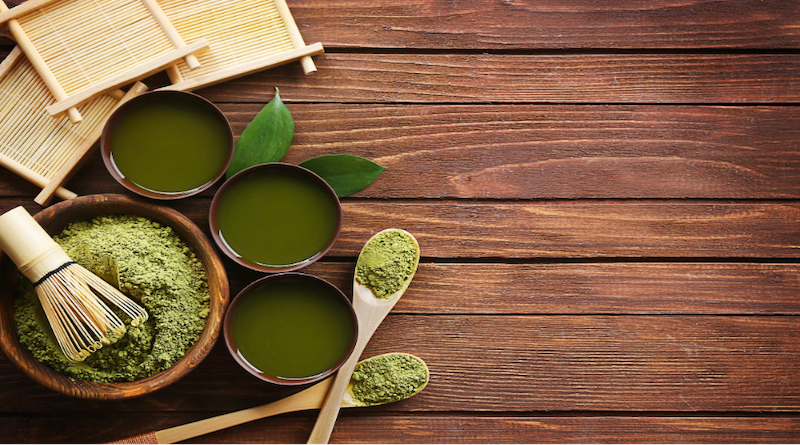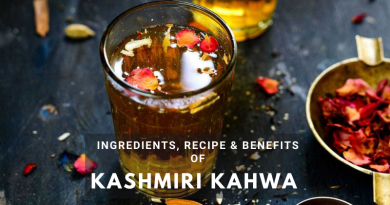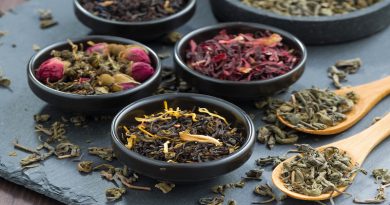7 Tips To Prepare Your Kratom Tea As A Beginner
Are you a first-time kratom tea enthusiast looking to learn the basics? If so, then congratulations – you have come to the right place! Tea has been used in traditional Southeast Asian societies for centuries due to its numerous health benefits. However, learning how to mask kratom’s bitterness and correctly prepare the tea can be intimidating and confusing. This article will discuss seven tips for producing great-tasting tea with minimum effort. Whether you’re just getting started or simply want some guidance in making your teatime habit more enjoyable, these tips will help make sure that every cup of kratom is as flavorful and potent as possible. So get ready for an exciting journey into the world of brewing perfect cups of tea – let’s start steeping!
Is Kratom Tea The Best Method To Consume Kratom?

When it comes to consuming kratom, there are several methods to choose from – capsules, powder, and tea being the most popular. Among these, tea is favored by many for its mild taste and smoother effects. Tea can be made by boiling powder or leaves in water and then straining the mixture to remove the solids. This method allows for a quicker onset of effects compared to capsules while providing a relaxing ritualistic experience. Kratom tea drinkers enjoy sipping this beverage as it slowly unwinds them, making it a great way to unwind after a long day. However, it’s important to note that the optimal kratom consumption method varies by individual, and it’s best to experiment and find what works best for you.
Tips To Prepare Your Kratom Tea As A Beginner
Kratom is available in various forms, but the most common way to consume kratom is by making tea. Making kratom tea is not difficult, but for beginners, it can be a daunting task. So, here are 7 tips to prepare your tea as a beginner.
1. Choose your Kratom strain wisely:
Choosing the right strain is the first step towards making good tea. Each strain of kratom has a different effect on your body and mind. Some strains are more energizing, while others are more calming. If you are a beginner, starting with a mild strain like Green Maeng Da is better. Once you’re more experienced, you can try other strains.
2. Use high-quality kratom:
Using high-quality kratom is essential to make a good cup of tea. Low-quality products can ruin your tea and may not provide the desired effect. Always buy kratom from a trusted vendor who sources their product from a reputable supplier. If possible, try to get fresh leaves and avoid using old or stale leaves.
3. Measure the kratom dose carefully:
The dosage of kratom is crucial as it can greatly impact the effects you experience. Beginners should start with a small dose of 1-2 grams per cup of tea. You can gradually increase the dosage as you become more familiar with the effects. It’s essential to measure kratom accurately using a digital scale to avoid accidentally taking too much.
4. Boil the water first:
Before adding kratom to the tea, make sure to boil the water first. Boiling the water helps kill harmful bacteria and ensures the tea is safe to drink. Once the water has boiled, turn off the heat and add the powder to the water. Let it steep for 15-20 minutes, stirring occasionally.
5. Sweeten with honey or sugar:
Kratom tea has a bitter taste, and some people may find it unpleasant. You can add honey or sugar to sweeten it to make it more palatable. Honey is a healthier option as it contains antioxidants and may have medicinal properties. However, avoid using too much sugar or honey as it can add unnecessary calories.
6. Choose your brewing method:
There are various methods to prepare the tea, and each method has its own set of pros and cons. Some popular methods include boiling kratom with water, using a coffee maker or French press, or simply adding powder to a teapot and steeping it. Choose the method that suits you best.
7. Experiment with flavors:
Once you’ve become comfortable with the basics, you can experiment with different flavors to make your kratom tea more interesting. Some popular flavors include lemon, ginger, or even cinnamon. You can also try adding herbs like chamomile or lavender to enhance the effects.
Don’ts of making a Kratom Tea As A Beginner
Kratom tea is a popular way of taking powder, and it’s a great way for beginners to start experiencing the effects of this beneficial substance. However, making tea can be a tricky process, and there are a few things that beginners should avoid doing to ensure they make quality tea. Here are 5 things that you must avoid while making Kratom tea as a beginner.
1. Don’t Use Boiling Water
While boiling water may be the first thing that comes to mind when making tea, you need to avoid using boiling water when making Kratom tea. The reason is that Kratom powder can lose its beneficial alkaloids and potency when exposed to high heat. You should heat the water to around 170-190°F, just below boiling point, to ensure the powder doesn’t lose potency.
2. Don’t Use Microwaves
Microwaving Kratom tea is not a good idea, as it can change the alkaloid composition of the Kratom powder. Instead, it’s best to heat the water on the stove or using a kettle and then steep the powder in the hot water for at least 20 minutes. This will allow the Kratom to fully steep in the water without risking any damage to the alkaloids.
3. Don’t Overdo the Dosage
When making Kratom tea, it’s essential to follow the correct dosage guidelines. Beginners need to start with a smaller amount of powder and gradually increase the dosage as needed. It’s also worth noting that the dosage may vary depending on the strain and quality of the Kratom powder. So, starting with a small dosage and gradually increasing it rather than overdoing it in one serving is always best.
4. Don’t Add Too Many Flavors
While Kratom tea can have a naturally bitter taste, it’s important not to add too many flavors. Adding too many flavors can alter the potency and alkaloid composition of the powder, and it can also make it less effective. A dash of honey or lemon can help sweeten the taste and improve the flavor, but it’s important not to overdo it.




